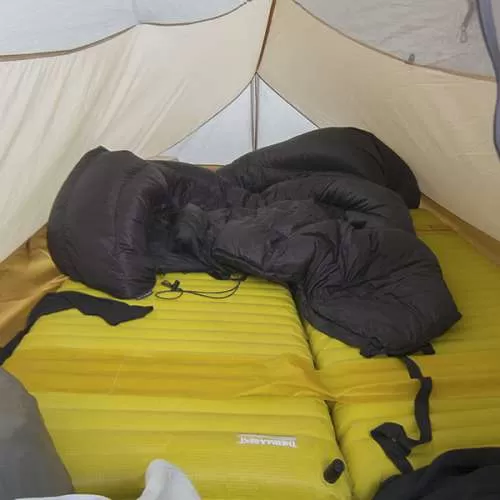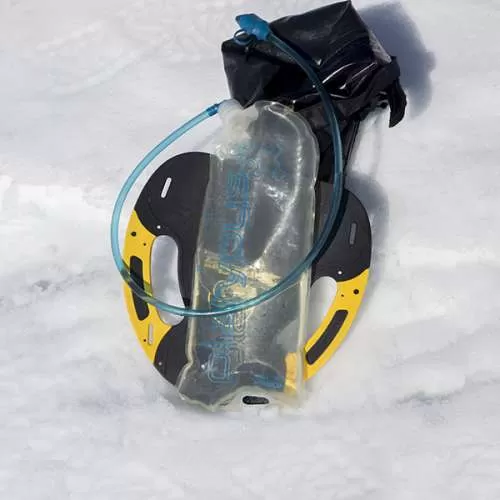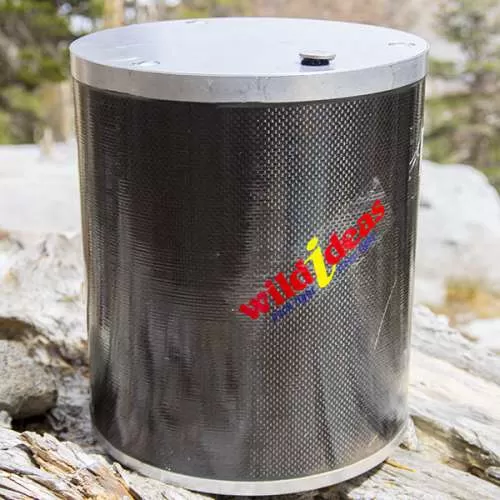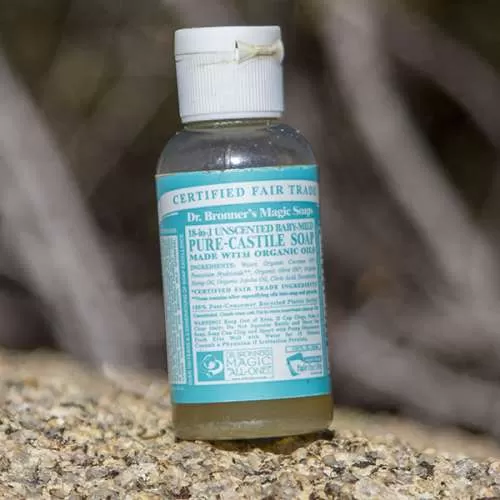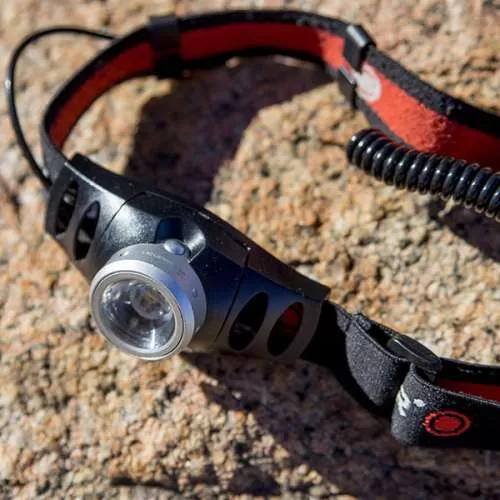
Intro
I have to say, initially, I had huge reservations about hiking poles. Somehow they seemed unwieldy, heavy, and pretty much useless. I couldn't be more wrong. When I started researching gear for our first "serious" (read: two-nighter) backpacking trip, I kept running into articles about hiking poles. People kept saying "It's like having four-wheel-drive", "Life-saver", "Best thing ever", and so on.
Finally, after much discussion with Em, we decided to get them and after some more research I settled on Leki, being recommended as the best and most durable one. We got very lucky, Sierra Trading Post had a sale at 50% off.
The lock question
In the big debate of twist lock versus snap lock we chose the former. Snap locks are quicker, that's sure. Also, twist locks have the annoying habit of not wanting to lock when they segment is fully open and the locking ring doesn't slide back into place. After many years of use you don't even notice this, just take the necessary moves to correct the problem, namely opening it all the way, twisting the lock a bit, then closing it carefully. Also, I'm used to snap locks on tripods I work with, and I'm not a big fan of them, I've seen them fail too many times. Other people say the same about twist locks, but somehow they seemed simpler and thus harder to break, so we went with that.

Using them
I had no idea how to hike with poles, but I knew there's a bit more to it then just grabbing them by the handle any which way. I watched a few videos on how to use them, and they gave invaluable advice. The most important thing I learned, especially after a few practice hikes, is that if the strap is adjusted correctly, you almost don't have to hold the grip at all, all weight is transferred from the wrist to the arm. I've seen way too many people complaining about blisters and tired hands because of this.
Also, adjusting the length can be very helpful, making them shorter on uphill and longer on downhill sections. However, this is not something that has to be done every time the trail goes this or that way a bit, it's only worth doing if you know there's going to be a long stretch of really steep up or down.
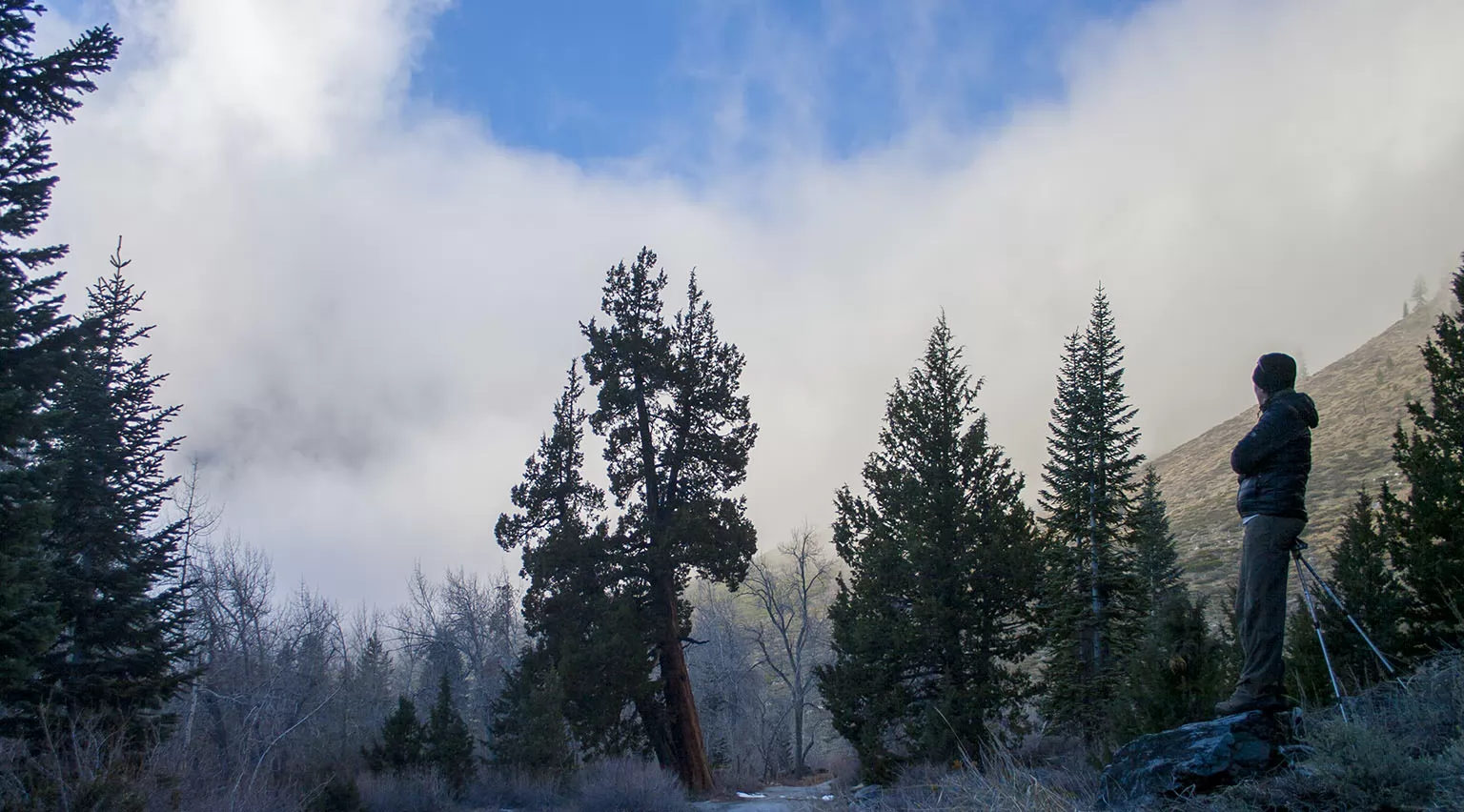
The first trip we ever used them on was the aforementioned two-nighter to Golden Trout Lakes. There's no way we could have done this trip without them and since then, these poles are our most trusted friends.
A few words of caution: on a longer trip, the sections have to be tightened every so often. If the hike is in snow or mud, then maybe once a day. They do get lose, and it's not a fun thing to have your pole collapse a foot when you're putting all your weight on it while trying to step off a huge rock. However, the twist-locks themselves never failed on us in many years of hiking.
Customer service and maintenance
The tips are made of high carbide steel, and they are shaped so they bite into the rock. They catch and hold even on surprisingly steep and smooth-looking surfaces. Of course, with time, they get worn down. It's a pretty obvious feeling when they are due for a change. I'm sure it's different for everybody - we found we have to change them after every 5-600 miles. There are quite a few instruction videos on how to do it, just do a search. It can be as simple as taking two minutes, or it can be a half-hour adventure with hot water and seemingly endless hitting, depending on how stuck it is.
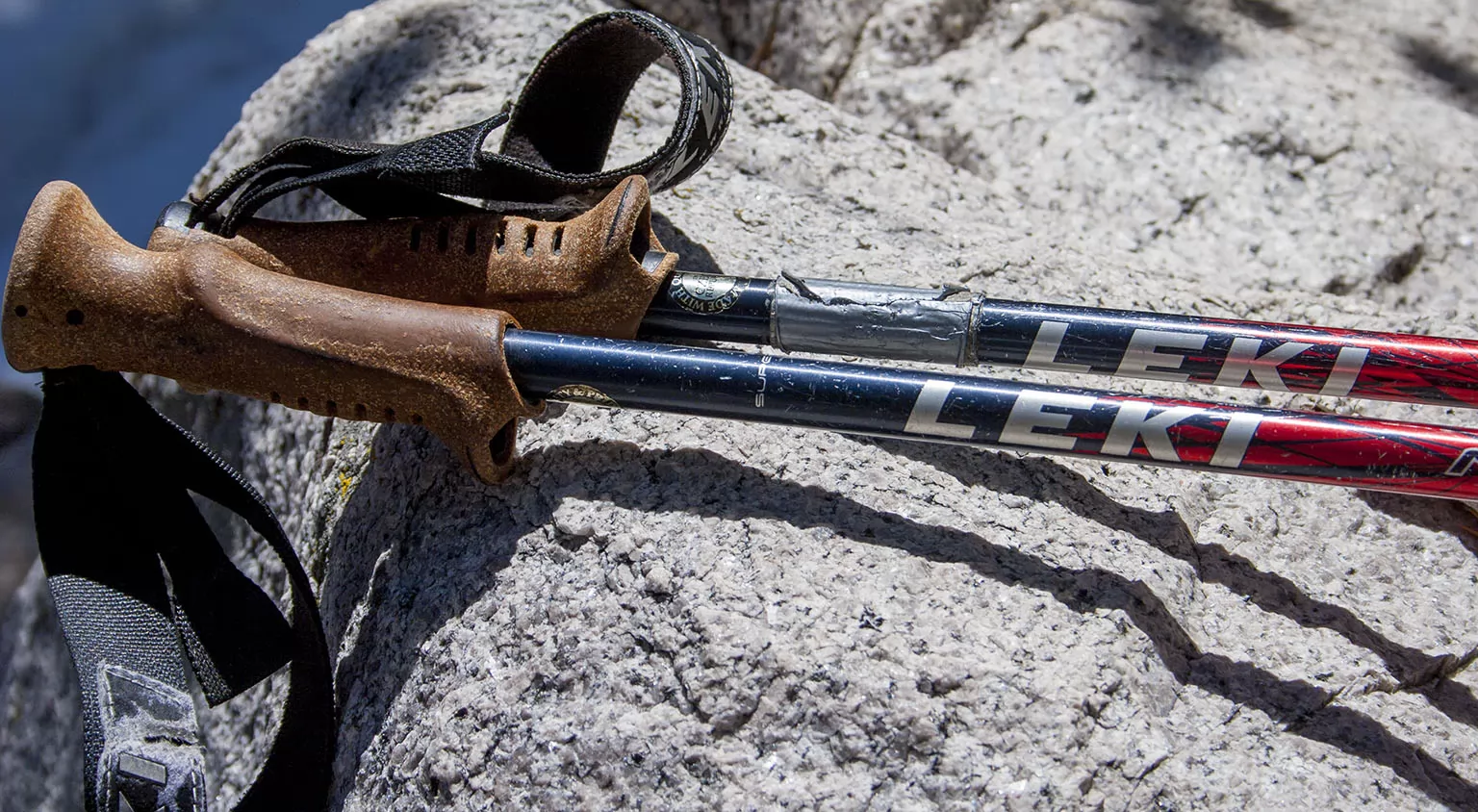

Leki's warranty and customer services are amazing. First of all, all non-carbon poles have a lifetime warranty for the sections. Once, while descending on a very steep grade around Mineral King, I tripped and fell, with the pole holding most of my weight. The lower section bent cca. 15° under the pressure, but didn't break, and I could merrily hike with it for the rest of the trip. By the way, never, ever try to straighten a bent aluminum pole. That's when it breaks.
So after the trip, I called Leki, and within minutes, a new section was on its way, arriving in only two days. A few months later, we discovered a crack in one of Em's poles, right at the twist lock. I called Leki again, and the same thing happened, the replacement arrived right away.
The only other malfunction we ever had was on the 2012 Mt. Whitney trip, when one of my straps broke free from the grip. It turned out the design is so simple, the fix took only a few minutes. There's a screw holding the strap in place, piercing through the material. This is where it tore away, so I just had to loosen the screw, cut off a bit from the strap, reinsert it, then tighten the screw again. I may add, this happened only once to one pole in five years of hiking. My other pole and Em's both poles still have untouched straps.
Some maintenance is a must, for example we always wipe the poles free of dirt before collapsing them. Also, once every few months Em takes the straps off and washes all the gunk out of them. Same with the handles, all the built-up grease and dirt has to go now and then.
The case for duct tape
A good trick adopted by quite a few hikers: wrap a few feet of duct tape around the pole, close to the grip. It's a very practical way to store duct tape in an easily accessible place for any backcountry repairs. Of course, it has to be replaced every year or so as it deteriorates after being exposed to the elements. I've seen many people put the tape on both poles, but I decided to put it only on one, and after getting used which one it's on (the left), I always know which pole is which. The grips are asymmetrical, so it's a good idea to know which one to grab and not having to look at the pretty small L/R label.
The baskets
By default, the poles come with a pair of small baskets, recommended for dirt. I didn’t think they made much difference, so once I tried hiking without them, and I surprised how often and how deep the poles sank into the ground, even in terrain firmer than sand.
For the winter, the snowflake baskets are a must. The small baskets break through the snow very easily, rendering the poles almost useless. The much bigger winter baskets provide enough resistance to hold in everything but the softest snow. They can be relatively expensive (for two pieces of molded plastic), but they’re often on sale here and there.
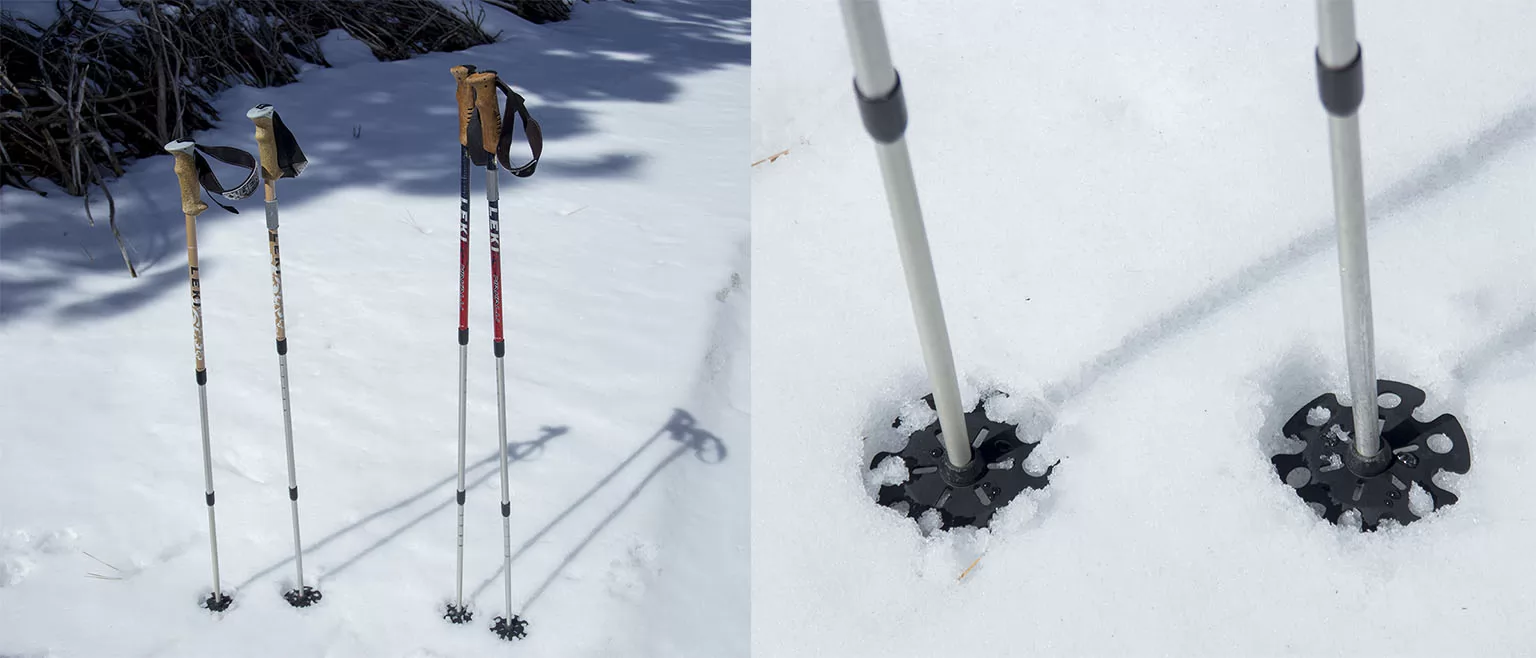
Summary
In general, we consider hiking poles a must. They take tremendous weight off your shoulders and (especially downhill) off your knees, they give incredible stability on sketchy terrain (talus, rocks, creek crossings, etc.), and then there are the small, but important extra added bonuses like the ability to check a rock's stability without stepping on it, leaning on them while resting for a second, probing the depth of water, and poking seemingly dead bears :-)


